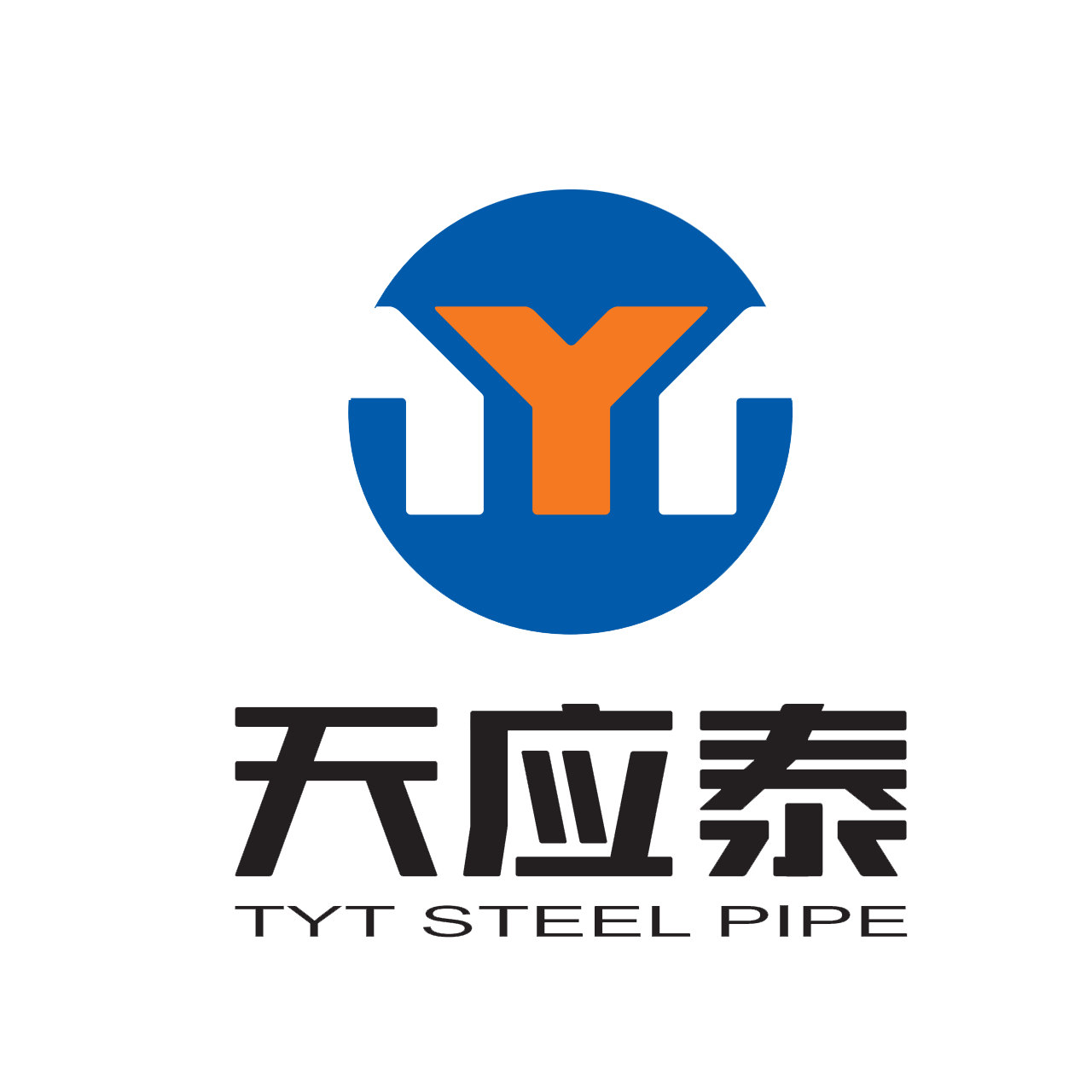Sch40 is the most commonly used pipe schedule. It can be galvanized — although it doesn’t have to be — and is usually used in water and gas lines. It may also appear in places that need ornamentation or support. It makes a great pipe due to its versatility and performance strength.
What is a Pipe Schedule?
A pipe schedule (SCH) is a measure of a steel pipe’s nominal wall thickness.
In the past, metal fabricators used three pipe dimensions — standard, extra strong, and double extra strong. Just having these three undetermined dimensions wasn’t helpful, though. So today, steel pipes come in 14 different schedules.
The most commonly used one is schedule 40.
Why is it called schedule 40 pipe?
The pipe numbers are non-dimensional. In other words, SCH 40 doesn’t mean the pipe is 40 millimeters or 40 inches in diameter.
Grades of Schedule 40 Carbon Steel Pipe
Most schedule 40 steel pipe is made from mild steel. This means it has a carbon content of about 0.2% to 0.25%. That’s very, very low, making the alloy mostly ferrous in composition.
To improve SCH 40 carbon steel pipe’s corrosion resistance, steel manufacturers usually galvanize the steel, which means to plate it with a layer of zinc. If this option is not appropriate, schedule 40 pipe does come in stainless steel.
Schedule 40 Carbon Steel Pipe Dimensions
Thicknesses are measured by both wall thickness and outside diameter. As an example, a 1/8th-inch nominal size schedule 40 pipe has an outside diameter of 0.405 and a wall thickness of 0.068. Its weight per foot stands at 0.24.
A more common pipe is the 4-inch schedule 40 steel pipe. This pipe’s outside diameter is 4.5 with a wall thickness of 0.237 and a weight per foot of 10.79.
Schedule 40 chart gives dimensions of sch 40. Chart includes sizes in inches and in millimeters.
Chemical Composition of Schedule 40 Carbon Steel Pipe
Schedule 40 pipe refers to the nominal wall thickness, not the grade. Therefore, the chemical composition of a pipe schedule is not necessarily uniform.
However, schedule 40 pipe is made from low-carbon steel, usually grade A53 steel pipe. Its chemical composition also varies across types and welds, but as a point of reference, type S seamless weld A53 steel looks something like this:
Carbon – 0.25% (max)
Manganese – 0.95% (max)
Phosphorous – 0.05% (max)
Sulfur – 0.045% (max)
Copper – 0.4% (max)
Nickel – 0.4% (max)
Chromium – 0.4% (max)
Molybdenum – 0.15% (max)
Vanadium – 0.08% (max)
Difference Between Schedule 40 and Schedule 80 Carbon Steel Pipe
Schedule 40 are very similar. In truth, however, schedule 40 pipe has thinner walls than schedule 80. Consequently, schedule 80 can handle higher pressures than schedule 40, so it’s generally used for commercial applications.
Schedule 40 Carbon Steel Pipe Prices
Schedule 40 steel pipe prices vary widely, depending on factors such as length, grade, and quantity at the time of purchase. If you buy a lot of pipe directly from a company that provides quality manufacturing services, your cost will be much lower than if you go to another supplier to buy the same product.
To learn more about other kinds of steel pipe, steel tube, and steel plate products, take a look through our library of news or contact us directly.

